 Garvan Woodland Gardens
Garvan Woodland Gardens
Entry Type: Place - Starting with G
 Garvan Woodland Gardens
Garvan Woodland Gardens
Gassville (Baxter County)
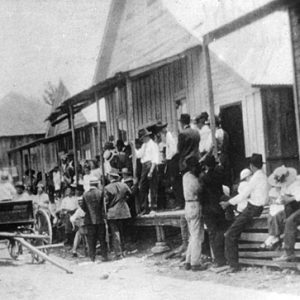 Gassville, Early 1900s
Gassville, Early 1900s
Gate (Scott County)
 Gate View, North
Gate View, North
Gateway (Benton County)
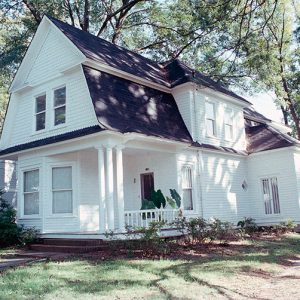 Gatewood House
Gatewood House
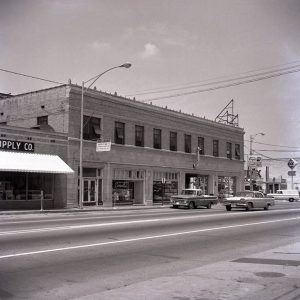 Gay Oil Co. Building
Gay Oil Co. Building
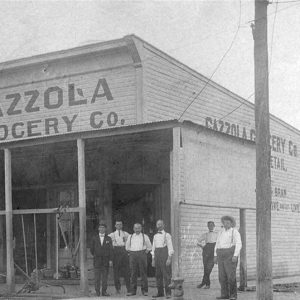 Gazzola Grocery
Gazzola Grocery
 Gem Theater
Gem Theater
Gentry (Benton County)
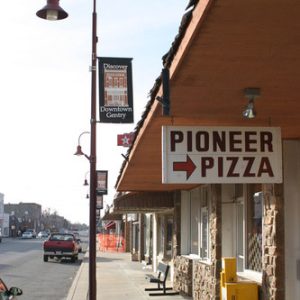 Gentry
Gentry
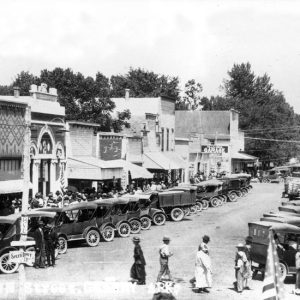 Gentry Main Street
Gentry Main Street
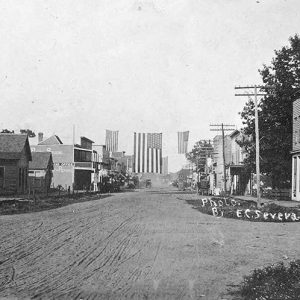 Gentry Street Scene
Gentry Street Scene
George Klein Tourist Court Historic District
aka: Klein Center
aka: Racheau Center
aka: Green Elf Court
 Green Elf Court Apartments
Green Elf Court Apartments
 Green Elf Court Apartments
Green Elf Court Apartments
Georgetown (White County)
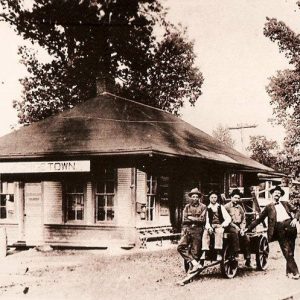 Georgetown Depot
Georgetown Depot
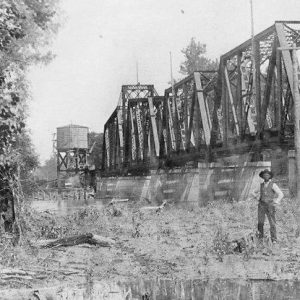 Georgetown Railroad Bridge
Georgetown Railroad Bridge
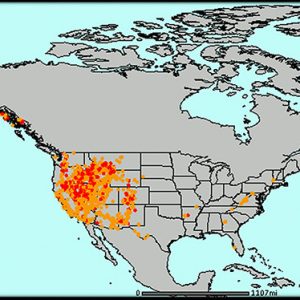 Geothermal Hot Springs
Geothermal Hot Springs
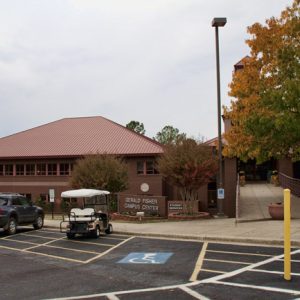 Gerald Fisher Campus Center
Gerald Fisher Campus Center
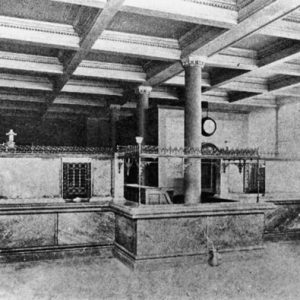 German National Bank
German National Bank
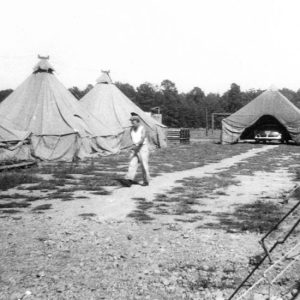 German POW Camp
German POW Camp
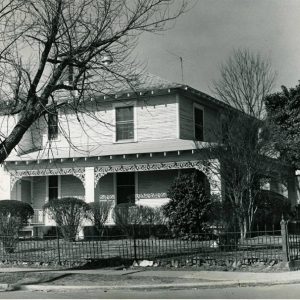 Gibbs Home
Gibbs Home
Gibson (Pulaski County)
Gid (Izard County)
 Gid Stave Mill
Gid Stave Mill
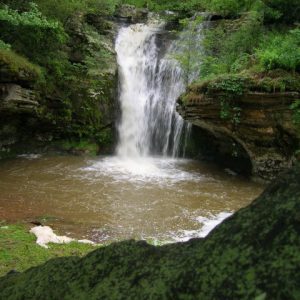 Gid Waterfall
Gid Waterfall
Gifford (Hot Spring County)
Gilbert (Searcy County)
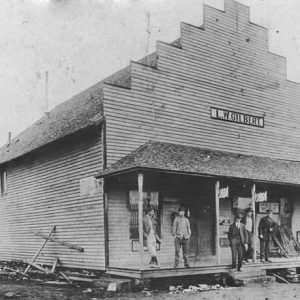 Gilbert Store
Gilbert Store
 Gilbert Store
Gilbert Store
 Gilbert Train Depot
Gilbert Train Depot
Gillam Park
Gillett (Arkansas County)
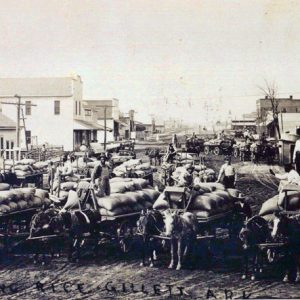 Gillett Rice Harvest
Gillett Rice Harvest
 Gillett Coon Supper Sign
Gillett Coon Supper Sign
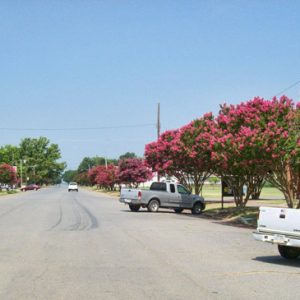 Gillett Street Scene
Gillett Street Scene
Gillham (Sevier County)
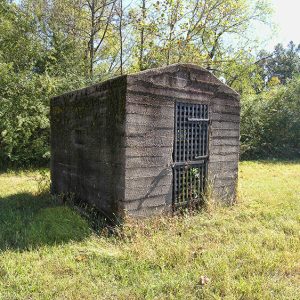 Gillham City Jail
Gillham City Jail
Gilmore (Crittenden County)
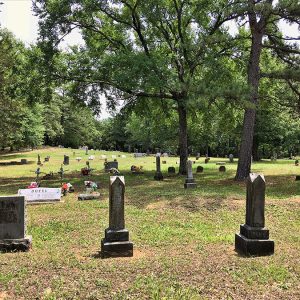 Gipson Cemetery
Gipson Cemetery
Gipson (Scott County)
Girard (Scott County)
 Girls Domestic Science and Arts Building
Girls Domestic Science and Arts Building
Glen Rose (Hot Spring County)
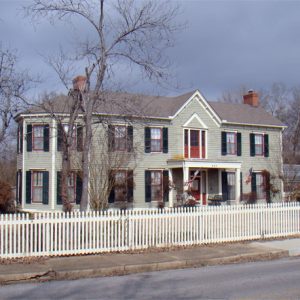 Glenn House
Glenn House
Glenwood (Pike County)
 Glenwood
Glenwood




